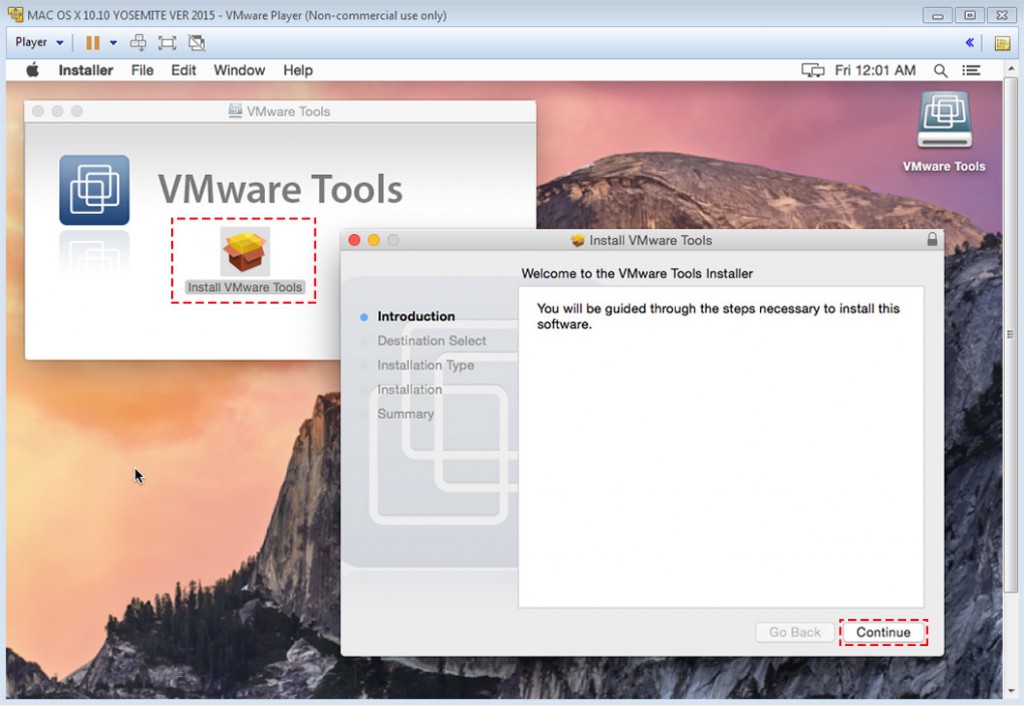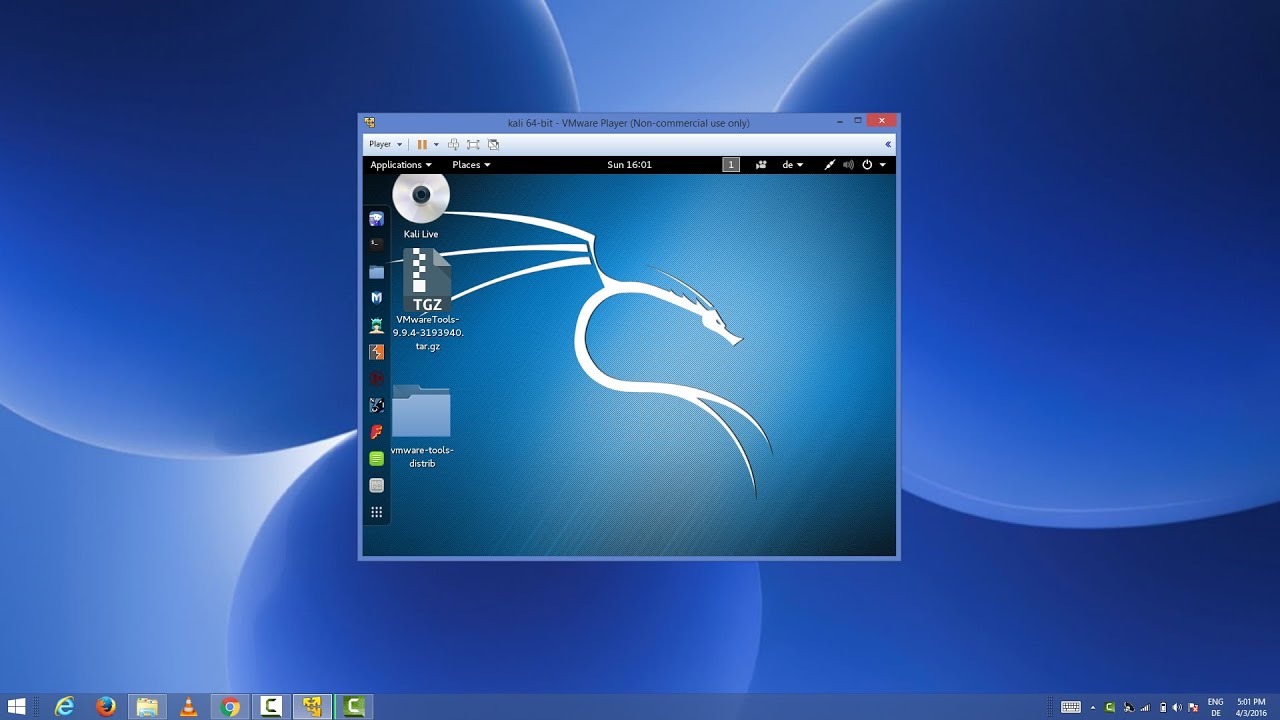

When that VM is run for the first time, it has to be personalised and set up in the same way that a factory-fresh Apple silicon Mac does, but by that time its MID is fixed, and there’s nothing further to be installed from the original IPSW file, which can be moved or discarded. In Apple’s sample code, the IPSW is moved inside the bundle as well, a convention which Viable follows, but VirtualBuddy doesn’t, and has no need to.

More significant in use, though, is the way in which a virtual machine (VM) is created and installed, and the structure of their bundles.Ĭreating a macOS VM is a process very similar to restoring an Apple silicon Mac when in DFU mode. The most obvious is that Monterey hosts support macOS guests, but not GUI Linux, for which you’ll need a Ventura host. Lightweight virtualisation of macOS and GUI Linux on Apple silicon Macs might appear similar, but there are some important differences.


 0 kommentar(er)
0 kommentar(er)
